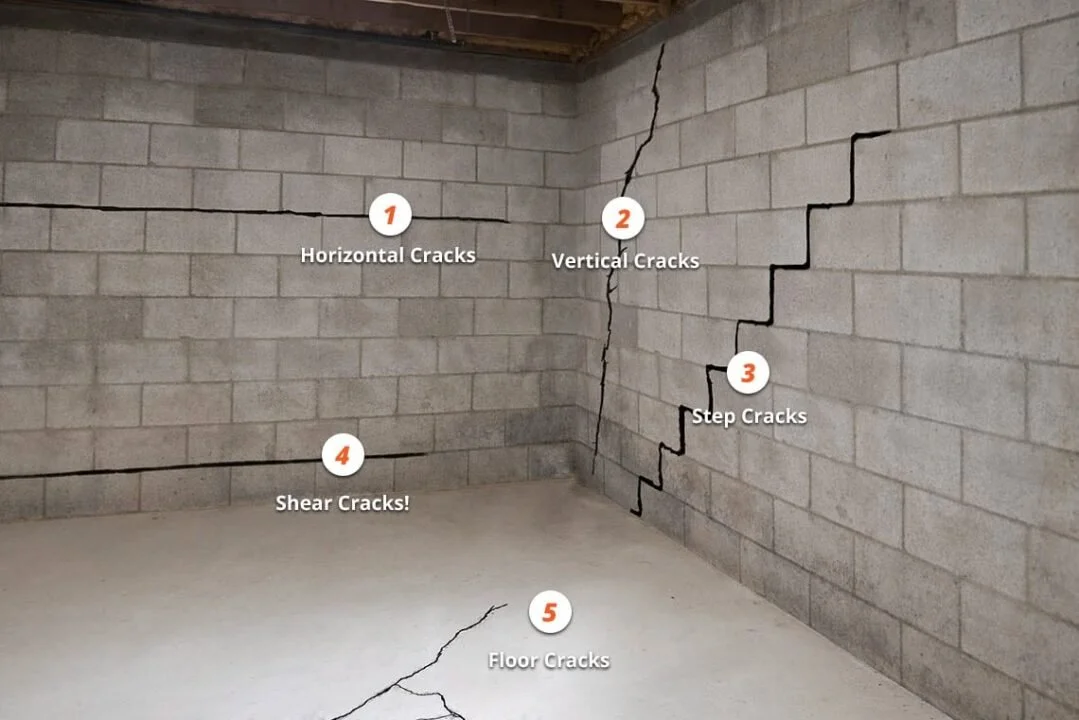Home Owner Tips
Identifying Electrical Problems in Your Home
Homeowners should be vigilant for signs of electrical issues, as they can pose serious safety risks. Common indicators include:
Flickering or Dimming Lights: This may suggest overloaded circuits or loose wiring.
Warm or Discolored Outlets: Outlets that feel warm or show scorch marks could indicate overheating wires.
Buzzing or Crackling Sounds: Unusual noises from outlets or switches often point to faulty connections.
Burning Smells: A burning odor near outlets or the breaker panel is a serious warning sign.
Tripped Circuit Breakers: Frequent breaker trips may signal an overloaded or faulty circuit.
If you notice any of these symptoms, it's crucial to consult a licensed electrician promptly to assess and address the issue.
Identifying HVAC Problems in Your Home
Homeowners should be vigilant for signs of HVAC issues, as they can affect comfort and energy efficiency. Common indicators include:
Uneven Heating or Cooling: Rooms that are too hot or cold may indicate issues with ductwork, thermostat settings, or system capacity.
Strange Noises: Unusual sounds like squealing, rattling, or grinding can signal problems with belts, motors, or other components.
Unpleasant Odors: Musty smells might suggest mold in the system, while burning odors could indicate electrical issues.
Increased Energy Bills: A sudden rise in energy costs without a corresponding increase in usage may point to inefficiencies in the HVAC system.
Water Leaks or Moisture: Pooling water near the unit can result from clogged condensate drains or refrigerant leaks.
If you notice any of these issues, it's advisable to consult a licensed HVAC professional to assess and address the problem promptly.
Identifying Plumbing Problems in Your Home
Homeowners should be vigilant for signs of plumbing issues, as they can lead to significant damage if left unaddressed. Common indicators include:
Dripping Faucets: A dripping faucet can waste a significant amount of water over time.
Leaky Pipes: Leaks can cause water damage and mold growth.
Running Toilets: A running toilet can waste up to 200 gallons of water per day.
Slow Draining or Clogs: Clogs can be caused by hair, soap scum, and other debris.
Low Water Pressure: Reduced water pressure can indicate sediment buildup or leaks.
If you notice any of these issues, it's essential to address them promptly to prevent further damage.
Identifying Structural Problems in Your Home
Homeowners should be vigilant for signs of structural issues, as they can compromise the safety and stability of the property. Common indicators include:
Cracks in Walls and Ceilings: Large, horizontal, or stair-step cracks, especially those wider than 1/4 inch, may suggest foundation movement or settling.
Uneven or Sagging Floors: Floors that slope or feel soft can indicate weakened support beams, damaged joists, or foundation problems.
Sticking Doors and Windows: Doors and windows that are difficult to open or close might result from shifting foundations or settling structures.
Water Damage or Moisture Issues: Persistent dampness, mold growth, or water stains in basements or crawl spaces can weaken structural components over time.
Chimney or Porch Separation: Visible gaps between chimneys, porches, or stoops and the main structure may indicate foundation movement.
If you observe any of these signs, it's crucial to consult a licensed structural engineer or qualified contractor to assess and address the issue promptly.
Identifying Roof Problems in Your Home
Homeowners should be vigilant for signs of roofing issues, as they can lead to significant damage if left unaddressed. Common indicators include:
Missing or Damaged Shingles: Shingles that are cracked, curled, or missing can expose the roof to water infiltration.
Leaks and Water Stains: Water stains on ceilings or walls often indicate roof leaks, which can be caused by damaged shingles or flashing.
Sagging Roof Deck: A sagging roof may suggest structural issues, often due to water damage or excess weight.
Clogged or Overflowing Gutters: Debris-filled gutters can lead to water backup, causing damage to the roof and siding.
Damaged Flashing: Flashing around chimneys, vents, and skylights can deteriorate over time, leading to leaks.
If you notice any of these issues, it's advisable to consult a professional roofer to assess and address the problem promptly.








